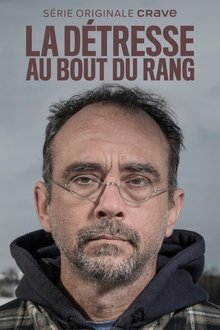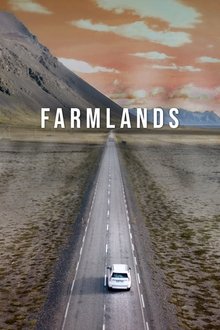Two men. Two quests. Two centuries apart. Four ways to experience the search for a lost tribe. Film. Book. Album. App.
Related Movies

A Different American Dream (2017)
In North Dakota an Indian nation finds itself at a critical moment in its long history. The Three Affiliated Tribes face catastrophic damage to their land and culture as a result of the recent oil boom on the Fort Berthold Reservation.
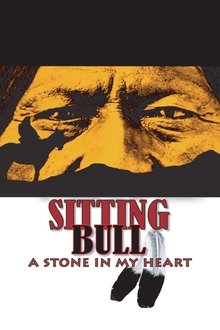
Sitting Bull: A Stone in My Heart (2006)
Award-winning documentary, Sitting Bull: A Stone in My Heart, makes extensive use of Sitting Bull’s own words, giving the viewer an intimate portrait of one of America’s legendary figures in all his complexities as a leader of the great Sioux Nation: warrior, spiritual leader and skilled diplomat. Sitting Bull’s words, as portrayed by Adam Fortunate Eagle, dominate this story. Augmented by a narrator’s historical perspective, over six-hundred historical photographs and images, and a compelling original music score, the film brings to life the little-known human side of Sitting Bull as well as the story of a great man’s struggle to maintain his people’s way of life against an ever-expanding westward movement of white settlers. It is a powerful cinematic journey into the life and spirit of a legendary figure of whom people have often heard but don’t really know.

High Steel (1965)
A dizzying view of Manhattan in the 1960s, the tallest town in the world, and the men who work cloud-high to keep it growing. They are the Mohawk Indians from Kahnawake, near Montréal, famed for their skill in erecting the steel frames of skyscrapers. The film shows their nimble work, high above the pavement, but there are also glimpses of the quieter community life of the old Kahnawake Reserve.

Hillary's America: The Secret History of the Democratic Party (2016)
Bestselling author and influential filmmaker Dinesh D’Souza reveals the sordid truth about Hillary Clinton and the secret history of the Democratic Party. This important and controversial film releases at a critical time leading up to the 2016 Presidential campaign and challenges the state of American politics.
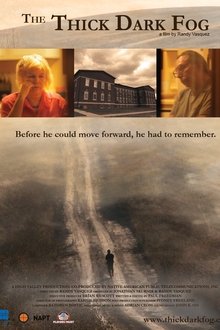
The Thick Dark Fog (2011)
Walter Littlemoon attended a federal Indian boarding school in South Dakota sixty years ago. The mission of many of these schools in 1950, was still to “kill the Indian and save the man.” The children were beaten, humiliated or abused if they spoke their language or expressed their culture or native identity in any way. The trauma led many to alcoholism and violence in adulthood. At age 58, Walter began writing his memoirs as a way to explain his own abusive behaviors to his estranged children, but he could not complete the project without confronting the “thick dark fog” of his past so he could heal.
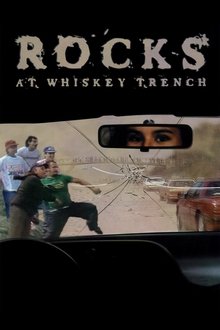
Rocks at Whiskey Trench (2000)
The fourth film in Alanis Obomsawin's landmark series on the Oka crisis uses a single, shameful incident as a lens through which to examine the region's long history of prejudice and injustice against the Mohawk population.
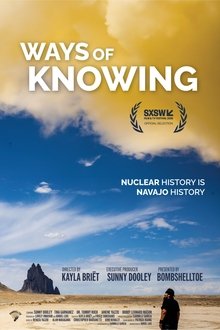
Ways of Knowing: A Navajo Nuclear History (2025)
The American Southwest holds a dark legacy as the place where nuclear weapons were invented and built. Navajo people have long held this place sacred, and continue to fight for a future that transcends historical trauma. This is their story.
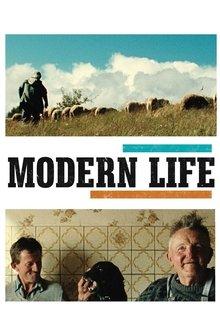
Modern Life (2008)
For ten years, Raymond Depardon has followed the lives of farmer living in the mountain ranges. He allows us to enter their farms with astounding naturalness. This moving film speaks, with great serenity, of our roots and of the future of the people who work on the land. This the last part of Depardon's triptych "Profils paysans" about what it is like to be a farmer today in an isolated highland area in France. "La vie moderne" examines what has become of the persons he has followed for ten years, while featuring younger people who try to farm or raise cattle or poultry, come hell or high water.

Yuma Crossing (1990)
The story of the Yuma Crossing, the place where centuries of travelers crossed the Colorado River as told in a series of reenacted vignettes by colorful characters from the Quechan tribe, the conquistadores, Father Kino, Olive Oatman and others up until the first bridge was built in the 1920's.

Children of Wind River (1989)
A film made by Victress Hitchcock and Ava Hamilton in 1989 on the Wind River Reservation for Wyoming Public Television.

We're Still Here: Johnny Cash's Bitter Tears Revisited (2015)
The story behind Johnny Cash's lost Native American-themed concept album and his unique collaboration with folk artist Peter Lafarge. The film also chronicles the reimagining of Cash's highly controversial 1964 record on its 50th anniversary, as recorded at Nashville's historic Sound Emporium Studios. Based on Antonino D'Ambrosio's book "A Heartbeat and a Guitar: Johnny Cash and the Making of Bitter Tears."
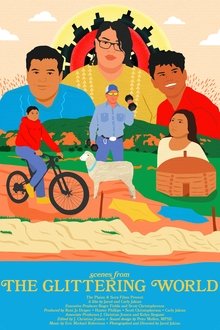
Scenes from the Glittering World (2021)
At the farthest edge of the Navajo Nation, the purpose and future of the most remote high school in the continental United States is in question while three Indigenous youth grapple with ambitious dreams, family responsibilities, and the isolated nature of their community.
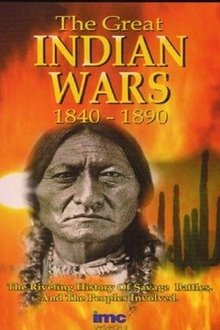
The Great Indian Wars 1840-1890 (1991)
Documentation of the encroachment of European settlers upon Native American lands and the violent reaction of the Indians in their struggle to survive.
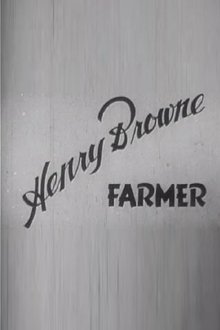
Henry Browne, Farmer (1942)
Henry Browne, an African American farmer, and his family are profiled in this film. The important job of a farmer during times of war is highlighted, specifically his efforts growing peanuts and cotton. This role is made even more poingnant when they visit the eldest son who is a cadet in the 99th Pursuit Squadron.

Warrior Women (2018)
Through the figure of Lakota activist and community organizer Madonna Thunder Hawk, this inspiring film traces the untold story of countless Native American women struggling for their people's civil rights. Spanning several decades, Christina D. King and Elizabeth A. Castle's documentary charts Thunder Hawk's lifelong commitment, from her early involvement in the American Indian Movement (AIM), to her pivotal role in the founding of Women of All Red Nations, to her heartening presence at Standing Rock alongside thousands protesting the Dakota Access Pipeline. She passed her dedication and hunger for change to her daughter Marcy, even if that often meant feeling like comrades-in-arms more than mother and child. Through rare archival material—including amazing footage of AIM's occupation of Wounded Knee—and an Indigenous style of circular storytelling, Warrior Women rekindles the memories and legacy of the Red Power movement's matriarchs.
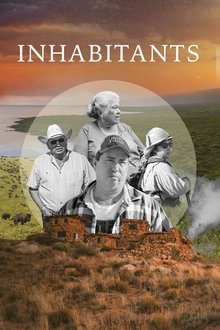
Inhabitants (2021)
For millennia, Native Americans successfully stewarded and shaped their landscapes, but centuries of colonization have disrupted their ability to maintain their traditional land management practices. From deserts, coastlines, forests, mountains, and prairies, Native communities across the US are restoring their ancient relationships with the land. As the climate crisis escalates these time-tested practices of North America's original inhabitants are becoming increasingly essential in a rapidly changing world.
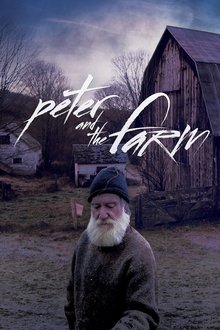
Peter and the Farm (2016)
Peter Dunning is a rugged individualist in the extreme, a hard-drinking loner and former artist who has burned bridges with his wives and children and whose only company, even on harsh winter nights, are the sheep, cows, and pigs he tends on his Vermont farm. Peter is also one of the most complicated, sympathetic documentary subjects to come along in some time, a product of the 1960s counterculture whose poetic idealism has since soured. For all his candor, he slips into drunken self-destructive habits, cursing the splendors of a pastoral landscape that he has spent decades nurturing.
